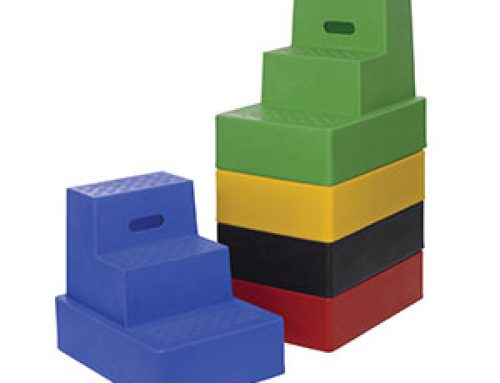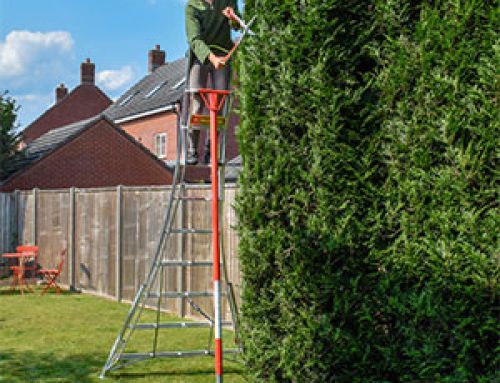Normally, a cage ladder is one which is used to access the roof or external walls of large structures such as grain silos and warehouses. The cage outside the ladder is for the safety of the user, protecting them from high winds and functioning as something to clip on to, or to hold onto by hand. This post is about a different type of cage ladders – the ones found inside a bird cage.
We love hearing about how different animals use ladders but most of the time these are rescue stories where the animal is in distress. When birds use ladders they do so for fun and enjoyment – having a ladder inside a bird's cage provides enrichment and a better quality of life. You might think that choosing a bird ladder is much less complicated than choosing a ladder for humans to use, but actually there's just as much to consider, if not more.
Firstly, the material the ladder is made from is vitally important because birds will chew on anything in their cage to keep their beaks in good condition – that's one of the reasons why cuttlefish bones are given to pet birds. The ladder you give a pet bird should be made of wood and ideally made from as few pieces as possible to reduce the possibility of it breaking and causing harm to the bird. Ladders which use fibrous material like ropes should be avoided as these small fibres, when chewed, can become tangled round the bird's feet or feathers causing distress and physical harm. A wooden bird ladder should be made from untreated wood and not be painted; the paint will flake and be ingested when the ladder is chewed.
The size of the bird ladder is also a really important consideration. Large birds need ladders designed for their size while a smaller bird should be provided with one designed for birds of a smaller stature – small birds will struggle to navigate a large bird ladder and vice versa. If the bird has clipped wings and doesn't habitually fly around the cage then it's likely that the bird ladder(s) will be their primary method of moving around their habitat and accessing food, toys and perches. Consider carefully the length and angle of incline that you need and choose a bird ladder accordingly. If you choose a plain wooden one then you have the option of sawing a section off to achieve the correct length, just make sure you sand down any rough edges before your bird gets near it.
Be prepared to replace or relocate your bird ladders when you have observed your pet bird using them. If they're unable to reach certain areas of the cage due to the ladder position or size, then you may need to rearrange the cage layout or alter the ladder. Make sure your bird is comfortable using the ladder and keep an eye on them the first few times they investigate and use their new ladder to ensure they are safe. You should check the bird ladder every day for signs of any damage that could injure the bird, and for the stability of the ladder. If your bird has knocked the ladder and it's not secure, it could fall and injure them. If possible, secure the ladder to the cage or another fixed structure within to prevent it toppling.
While we might not have any plans to start stocking bird ladders, it's interesting to know just how much there is to consider when giving a pet bird a ladder, almost as much as there is to consider when buying and using a ladder for ourselves!






Leave A Comment
You must be logged in to post a comment.